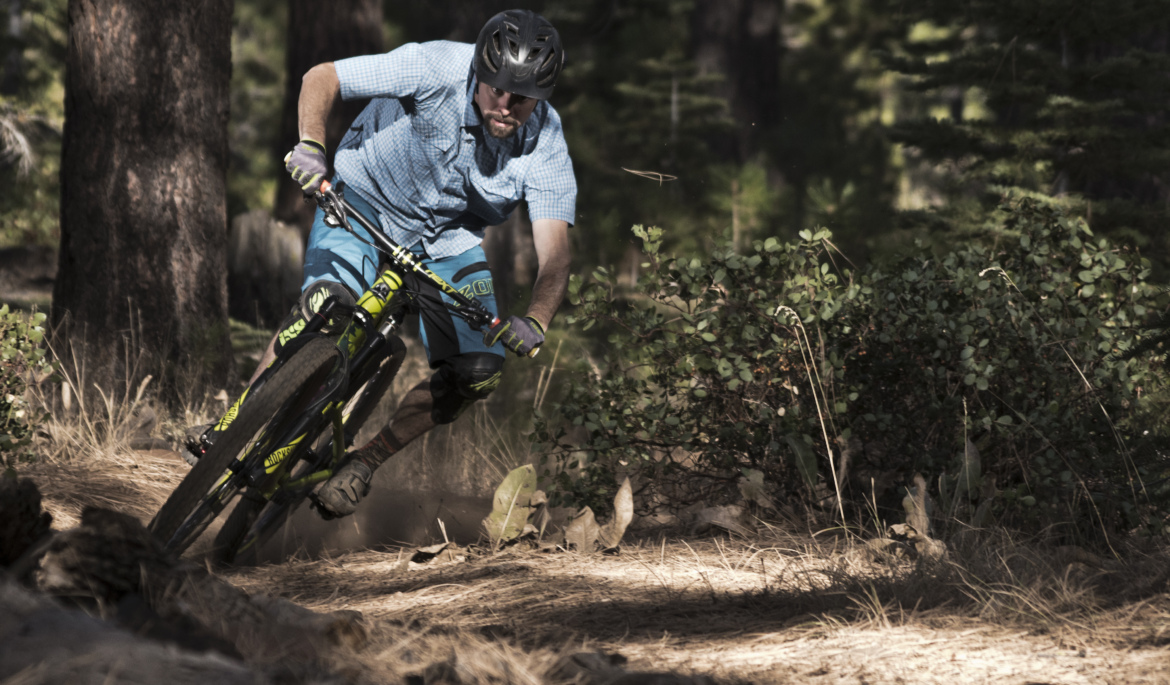
Is there just one right way to ride a mountain bike? As a generally self-taught rider, this is a question I’ve pondered over many years of hacking my way down the mountain. Yes, there are fundamental skills, but at the same time, even pro riders approach the sport with their own unique style and technique.
I spoke with mountain bike skills coach Dylan Renn to understand how we can ride that line between perfect form and the perfect ride. Renn raced mountain bikes for more than two decades, and has been coaching riders for 15 years, and in that time he’s learned a lot about how we learn.
The following conversation has been edited for length and clarity.
Tell me a little bit about your background in terms of riding and coaching.
I’ve ridden bikes since I was 11 and in ’89 I started racing. I started racing cross-country early on. My first downhill race might have been like ’94, maybe a little bit before that. And then I started racing nationals, like ’98 or ’99 and then just basically did the West Coast stuff. In 2003, I basically stopped racing then and just started riding bikes more. I started mountain bike skills coaching in 2009.
Are there objectively correct and incorrect ways to ride a mountain bike in terms of skills and skills instruction?
Riding a bicycle is riding a bicycle. I think there is a fundamental core set of skills that you need to know. But I feel like people put too many rules on it, and it gets really confusing on how to use them.
The whole light hands, heavy feet thing. There are a lot of things that work in a parking lot fundamentally, but there are opposing factors or situations once you get on trail. When you’re riding down a trail, the weight is in your feet. But then, whenever anyone starts to feel pressure in their hands, or they start to feel this shift of weight or control or manipulation of the bars, they kind of move away from it. And in a way, they’re almost moving out of balance, because they’re not embracing that feeling.
I joke that there’s always a never, but never an always. In conjunction with that, you need to anticipate movement, but you can’t move in anticipation. But, there are situations where you need to move in anticipation. So there are lots of contradictions and exceptions in the sport, and trying to adopt or move in one set pattern, which is where I feel a lot of coaching goes, kind of limits people sometimes.
I actually broke the light hands heavy feet rule on a ride last night. I had a flat rear tire and rode home with all my weight on the front tire to save the rim. It was like heavy hands, light feet all the way.
Yeah, and you made it.
Exactly. I made it home. Are there fundamental bike skills where the science is still unsettled or where we’re seeing approaches shift?
Yeah, the body position stuff. Like neutral ready or attack positions. There’s a trend toward moving to this variable stance — let’s call it athletic. The Pinkbike series that came out with Ben Cathro, I think that was probably one of the best instructional video series that has been released recently. He calls it boss stance. Roxy at Roxybike Coaching calls it essence.
It’s this idea that there’s a range of area that you’re in, instead of just being in a locked position. If you’re standing tall, you’re not actually riding the bike, and you should be more relaxed. And then if you’re getting super low you always have to come up. And it’s variable. I call it Goldilocks because it’s not too high, it’s not too low, it’s just, right. You just have to kind of float around. And so many people ride static.
So there’s like a range for your stance.
Yeah. And then you incorporate all these other movements that you use in some percentage all the time while you’re riding your bicycle. There’s no one lock point. When everything gets locked in, that’s a problem. For example, “drop your outside foot,” or “shift your feet when you’re cornering.” People are always going to have an opinion. “Stack the chin over the bars,” and “stand up to the jump.” They all have different interpretations, you know. So it’s somebody else’s interpretation of an interpretation, then your interpretation of that. Heels down is always a battle, too. It’s like, why do you drop the heels, and how do you drop the heels? Where does the weight go — does it go down? Back?
That makes sense because if you look at pro riders and the top riders, they’re not all doing stuff exactly the same. They’ve all got different approaches, and it works, right?
Yeah. I feel like we’re also sort of baited into watching the pros to see how the pros do it. And like, the pros do it like pros, right? They’re all fit athletes with a super strong mindset and they’re driven. Their goal, and what they’re doing, is a far different goal than a lot of us as athletes. Trying to say that Jackson Goldstone rides like this, and it’s like, well, yeah, Jackson Goldstone is the best in the world. You have to think about his muscle awareness, which he’s been developing since he was like four years old. Now he’s in his mid 20s, and he’s got 20 years of riding as an elite athlete. If you’re focusing on it for two weeks and doing basic drills in your driveway for a couple of hours on and off, that isn’t going to put you in the same place.
That’s good perspective.
Still, we can emulate some of these things. But we’re never going at those speeds, we’re never hitting stuff that fast. And the body positions the pros are riding through are not the same.
So who should we aspire to ride like?
I think aspiring to ride like them is good. A quote that I like to use is that comparison is the thief of joy. And perfect is the enemy of good. It’s good to watch pro riders and see how they get through stuff. But I think trying to compare yourself on a section of trail that’s super easy for them is unrealistic. They’re relaxed in a situation where you’re going to be tense.
So take the way they’re riding aggressively and put that into practice on a section of trail that you would perceive as a technical section of trail, and try to mimic their body position. The idea of how they ride is good, but I think that where they ride and how they position their body is different than how an average rider will approach the same trail.
There are some days I’m inspired to ride clean and focused. And then there are plenty of other days when I’m lazy and don’t ride the way I know I’m supposed to ride.
A lot of times we think we can just push through a section of trail with speed. But if you are dynamic and you’re moving through it, my movement pattern is planned. It’s doing something for a reason, and not just to keep going.
Some people talk about riding offensively, you know, “attack, attack, attack. Don’t ride defensively.” But if you look at sports like baseball, you have offense and you have defense. The pitcher takes as much of a role as the hitters do. And each one has a plan. They have a purpose. They have a reason behind what they’re doing. And if you look at it that way, the pitcher is actually the offensive player in the situation and the batter is actually a defensive player. The idea is that each side has a purpose, and they have a reason, and what they’re doing is purposeful.
So riding defensively may be what you need to do in a situation. There’s strategy to it. It doesn’t have to always be aggressive, you know, it can be that the terrain itself is the aggressor. And you need to act defensively to make it through there. But it’s just riding. It’s riding with purpose. It doesn’t have to be offensive vs. defensive. It’s not one or the other. You’re not riding passively. You’re not being lazy — you’re doing shit for a reason.
Dylan Renn is a certified mountain bike skills coach through USA Cycling, BICP, Betterride, NICA, NASM. In August his company, A Singletrack Mind, is offering a shuttled skills and camping event at Mt. Hood in Oregon.


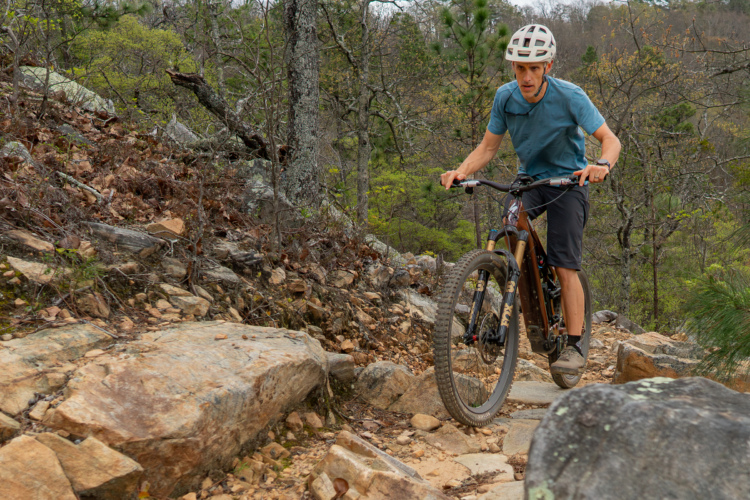
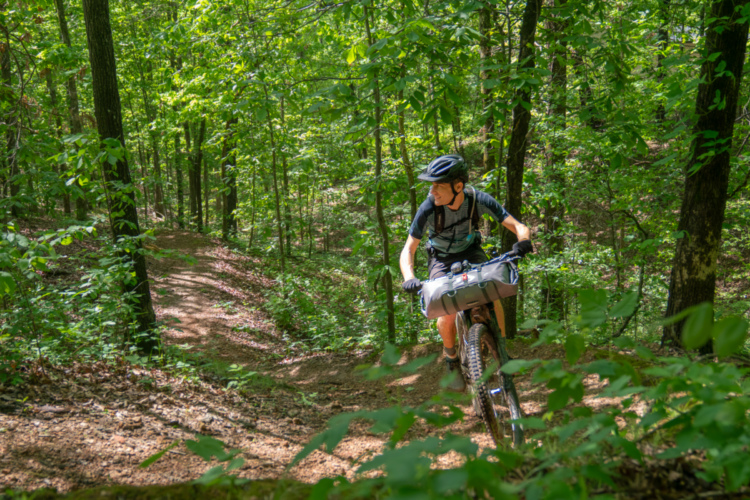
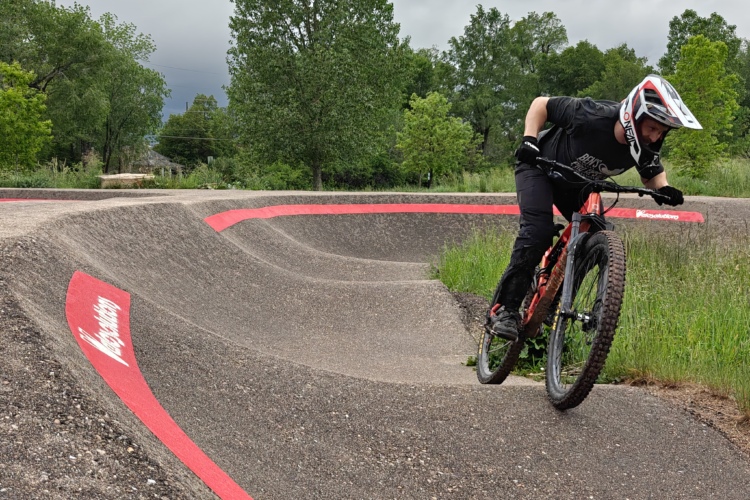

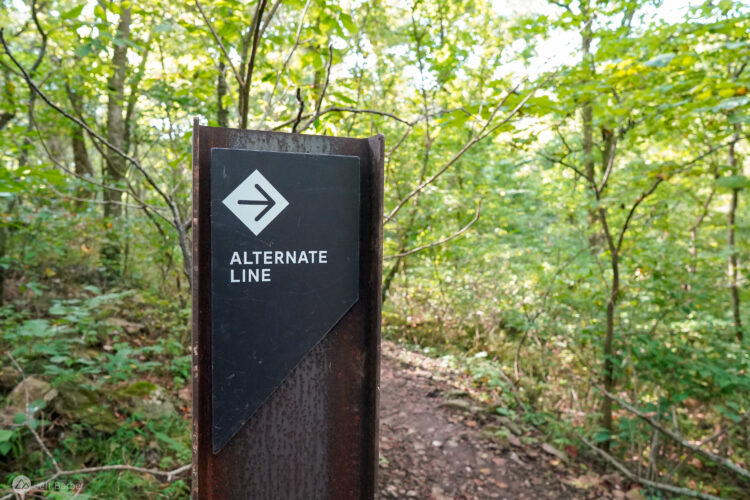
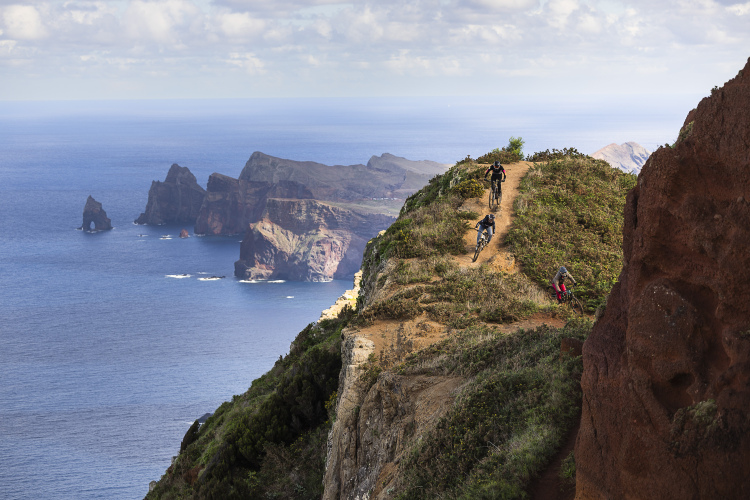
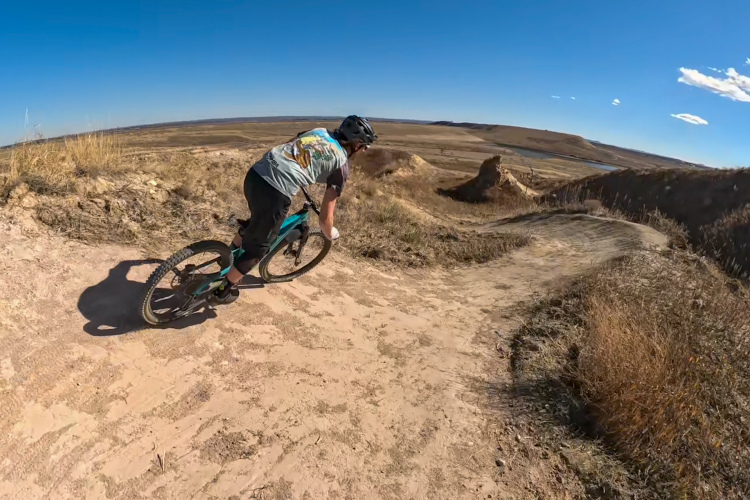


1 Comments
Aug 9, 2025
Mountain biking is not golf - a golf swing involves physics at all stages, in biking the only physics is gravity, momentum, and friction. There's no "right" way to ride a log bridge or a rock garden because every ride, every line, every obstacle, every bike, and everyone is different. Ride the way you need to ride to have fun, feel fulfilled at the end of it, and stay safe. Embrace challenges and re-ride sections you have trouble on, trying out small adjustments. No one can tell you how to ride the way you feel it.